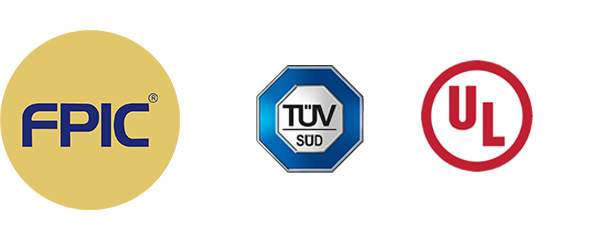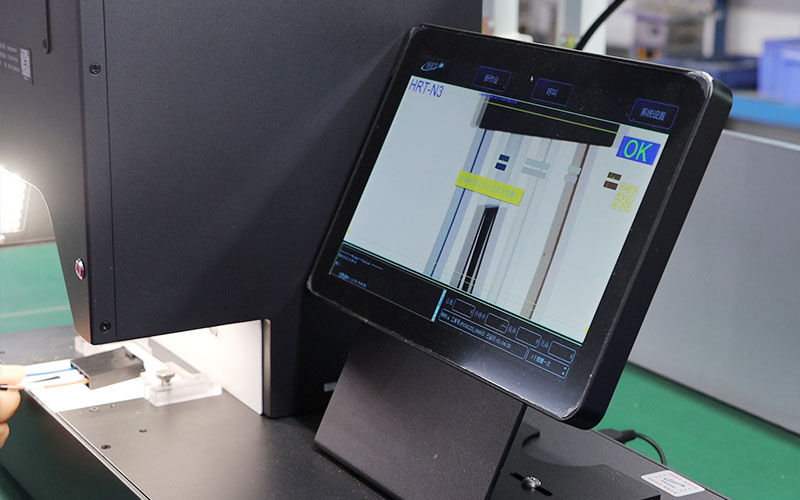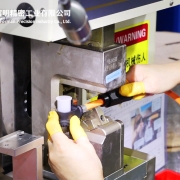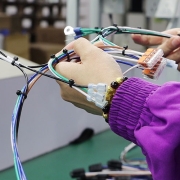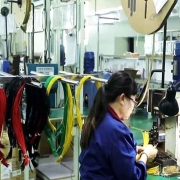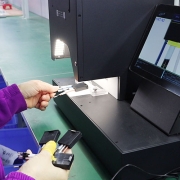Wire Harness Testing and Validation: Ensuring Performance and Compliance
In today’s fast-evolving industries — from automotive and industrial automation to renewable energy and medical devices — the demand for high-reliability wire harness assemblies is greater than ever. At Forman Precision Industry Co., Ltd (Forman), we know that achieving true quality goes beyond manufacturing: it requires rigorous testing and validation to ensure every wiring harness meets the highest performance, compliance, and safety standards.
This article explores the professional technical practices we apply in wire harness testing and validation, ensuring robust, safe, and compliant solutions for every project.
Why Wire Harness Testing and Validation Matters
Wire harnesses serve as the vital link for signal and power transmission. A failure can cause serious system breakdowns, costly downtime, or even safety risks.
By implementing systematic validation, we ensure:
-
Reliable electrical performance in real-world conditions
-
Mechanical durability against stress, vibration, and fatigue
-
Compliance with global quality standards (IATF 16949, ISO 9001, VDA 19.1)
-
Extended product lifespan and reduced maintenance costs
Comprehensive Wire Harness Testing Procedures at Forman
At Forman, every wiring harness must pass multiple rigorous validation processes:
1. Continuity Testing
✅ Purpose: Confirm complete and correct electrical circuits.
✅ Method: Apply low voltage to verify uninterrupted current flow across each wire.
Importance: Detects broken wires, miswiring, and incomplete crimps that could cause system failure.
2. Insulation Resistance Testing
✅ Purpose: Ensure proper insulation between conductors.
✅ Method: Apply high DC voltage between wires and measure resistance.
Importance: Prevents leakage currents and short circuits, particularly crucial for high-voltage applications.
3. High-Potential (Hipot) Testing
✅ Purpose: Validate dielectric strength of insulation under high-voltage stress.
✅ Method: Apply high AC or DC voltage to simulate surge conditions.
Importance: Ensures system safety during unexpected voltage spikes.
4. Contact Resistance Testing
✅ Purpose: Measure resistance at connection points.
✅ Method: Low-current test across terminals to ensure minimal energy loss.
Importance: Guarantees efficient signal and power transmission without overheating or voltage drops.
5. Mechanical Testing: Pull Force and Vibration
✅ Purpose: Validate the physical robustness of terminals and assemblies.
✅ Method:
-
Pull Test: Check crimp strength by measuring terminal retention force.
-
Vibration Test: Simulate real-world mechanical vibration over time.
Importance: Ensures that harnesses withstand harsh environments without connection failures.
6. Environmental Testing
✅ Purpose: Assess reliability under extreme environmental conditions.
✅ Tests include:
-
Thermal Cycling: Rapid heating and cooling exposure.
-
Salt Spray Testing: Corrosion resistance evaluation.
-
Humidity Testing: Moisture ingress prevention validation.
Importance: Essential for automotive, outdoor, and industrial applications where durability matters most.
7. Color Difference and Wire Position Analysis (NEW)
✅ Purpose: Ensure accurate wire color coding and correct wiring placement.
✅ Method:
-
Color Difference Analysis: Use advanced color difference analyzers to detect any deviations in wire color consistency.
-
Wire Position Verification: Visually and automatically verify that each wire is routed correctly according to design drawings.
Importance:
Mistakes in wire color or position can lead to misconnections, signal errors, or even critical system failures. Ensuring color accuracy and proper placement prevents costly rework and safety issues.
Forman’s Testing Standards and Compliance Commitment
Our validation processes strictly comply with international industry standards, including:
-
IATF 16949 – Automotive quality management
-
ISO 9001 – Global quality management
-
VDA 19.1 – Technical cleanliness for wiring harness production
-
RoHS and REACH – Material safety and environmental compliance
We also maintain full traceability for each batch produced, supported by our automated testing equipment and rigorous quality documentation system.
Best Practices for Wire Harness Testing and Validation
🔹 Test at Multiple Stages – Conduct testing during incoming inspection, in-process production, and final assembly.
🔹 Use Specialized Equipment – Employ color analyzers, pull testers, hipot testers, and vibration tables for thorough validation.
🔹 Capture and Analyze Test Data – Continuous data collection helps monitor trends and drive process improvements.
🔹 Design for Testability – Create harness layouts that facilitate easy inspection and troubleshooting.
🔹 Skilled Technicians Matter – Proper training ensures consistent, reliable results across every production run.
Conclusion
Wire harness testing and validation is not just a final checkpoint — it’s an integral part of delivering reliable, compliant, and durable solutions. At Forman, we combine advanced equipment, professional technical knowledge, and strict process control to ensure that every wiring harness exceeds customer expectations.
🔗 Looking for a trusted partner for your high-performance wiring harness needs? Contact Forman at info@sz-fpi.com and let’s build the future together!
